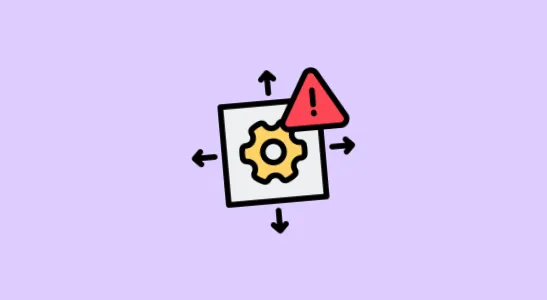Innovations: Cutting edge or bleeding edge?
"Cutting edge" and "bleeding edge" technologies: What sounds painful at first actually only represents two peaks of technological development and is mainly interesting for the development of new software projects. However, there are significant differences between the two, which are important for a number of aspects.
It is mostly a question of deciding which technology a company should use. In other words, it is more than a choice between two concepts. On the one hand, there is the security and reliability of proven solutions, and on the other, the lure and promise of groundbreaking innovations.
Definition: Cutting edge and bleeding edge
Cutting edge" refers to technologies that represent the current state of the art. They are innovative, but at the same time so advanced that they have already proven themselves in various areas of application. They are therefore widely accepted as "the standard".
The opposite pole to this is the "bleeding edge". A range of technologies that are so new and advanced that they have not yet been fully tested or established. Although they are at the forefront of technical development, their use usually involves a certain degree of risk.
Areas of application and examples
In web and software development, technologies from both approaches play a central role and are often even mixed together. This allows the advantages of both to be combined and new technologies to be tested - without having to rely completely on just one.
The well-known JavaScript library React.js is a prominent example from the web development scene. Released by Facebook in 2013 and viewed skeptically by many, it has established itself as the standard in modern front-end development due to its efficiency, flexibility and great community support. It is used to create interactive and dynamic user interfaces and has largely replaced the former jQuery standard.
Example of bleeding edge: AI and ML
Everyone is talking about AI and machine learning, which have also arrived at the forefront of technological innovation. They are used for complex data analysis, in content marketing, for self-learning systems and business applications. Since the breakthrough at the end of 2022, the potential applications are still unlimited. And this is precisely why many apps that use AI and ML are still at an experimental stage in many scenarios.
The significance for businesses
I would like to address the risk I mentioned above. Just because the use of a technology can entail a certain amount of risk, why abandon it? Unfortunately, I have heard from decision-makers and CxOs far too often in the past that this is precisely why they prefer to avoid bleeding edge technologies. Because they would rather wait and see how things develop.
But why not be part of the development - and make use of technical tools that are an expression of a corporate culture that is committed to progress?
Bleeding edge: spearheading innovation
Position yourself as an innovation leader in your industry, for example: by developing innovative products and services that go beyond the current standard, you can secure an important competitive advantage and position yourself as a first mover.
Working with the latest and most advanced technologies often also attracts highly qualified and creative talent. Take advantage of this opportunity to attract specialists that you would never find in this way.
Cutting-Edge: A secure basis for continuous growth
On the other hand, there is cutting edge: reliability and extensive testing ensure stability and thus reduce technical problems or even failures. Of course, no technology is flawless, but you can be sure that you are relying on a solid foundation.
The extensive community of developers and users also provides ongoing support and a wealth of resources. Of course, this makes implementation, customization and maintenance much easier, which can often lead to shorter development times.
Which technology is right for your company?
But how can the right choice of technology be made depending on the individual needs and goals of a company? The following points can help:
- Risk appetite assessment: Bleeding edge technologies offer some benefits. Are you prepared to accept the challenges and possible failures?
- Analysis of business goals: Going down new, innovative paths or relying on the stability and reliability of proven solutions? A look at your market positioning and growth strategy may give you an answer.
- Resource assessment: Bleeding edge also means less reading material for development teams. Even if you are dealing with bright minds, you have to expect increased effort in the development process. This has an impact on the time frame and the budget.
- Test, test, test: don't put all your eggs in one basket? Prototypes offer a wonderful opportunity to test new software and therefore also new technologies. The effectiveness and suitability for your company can be evaluated on a smaller scale.
Conclusion: The right mix makes all the difference
A balanced approach that takes into account the advantages of both technology classes can often be the most effective way forward. But it really depends on the individual case.
We do not recommend equipping an important process application or online store relaunch 100% with bleeding edge. Instead, it makes sense to use the very latest technology for parts of the application to test its suitability.
By combining proven cutting edge and innovative bleeding edge technologies, a solid foundation can be built. While creating room for innovation and growth.
As a digital agency, we offer you comprehensive advice and use our expert
Other articles.
Trends, news and interesting facts about digitalization and tech.


